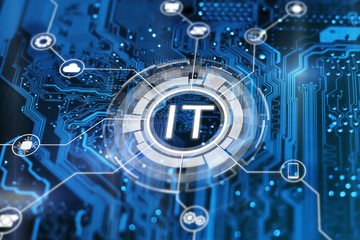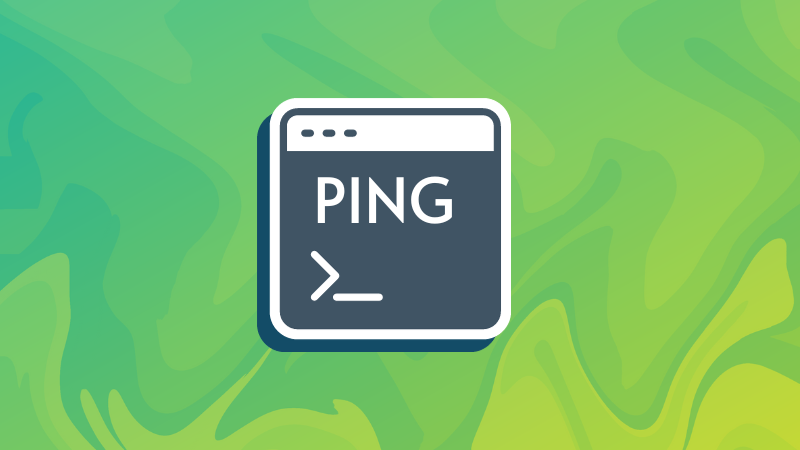During the course of this instruction, I have had the opportunity to explore several different facets of the information technology (IT) landscape and to look into how I can best roll and merge my current background in the financial industry into a long career in the IT industry. One of the most basic components of this course has been to examine how to create and publish a blog that provides weekly updates about our chosen tech topics, highlighting the exciting information we have learned along the way, so we can integrate the material into a fully formed project by the end of the course. The Learning Styles of Tech 101 Blog that I have created will be discussed in this post, along with a quick summary of the weekly components that were used to facilitate the creation of the final project.
Beginning with the examination of Scratch and different programming languages such as Python, JavaScript, and others, I learned how Scratch was similar to interpreted languages like Python, and therefore, easier for me to understand. Next, a dive into the history of computers, including the Internet and the World Wide Web, garnered some amazing perspective on how we are advancing so quickly today. By delving into the history of computers, we saw that even before computers were in the form as we understand them to be now, early variations have been used for the financial industry to calculate money matters.
In the financial industry, application software such as word processing, presentation, and spreadsheet software can be particularly helpful for reporting and calculating large groups of numbers. Spreadsheets are integral to the financial industry, and an IT career in finance will certainly include many data sets, pivot tables, charts, and graphs that will require a minimum of word processing, spreadsheet, and presentation software to be competitive within the marketplace. The raw data that is used to create the reports will need to be stored somewhere, of course…and that is where our database management comes into play. We can use data warehouses online to store large amounts of raw data that can then be filtered, sorted, collected, and analyzed with our specialty application software later. In finance, that is where each individual profile will be held, with transactional data, payment information, etc.


